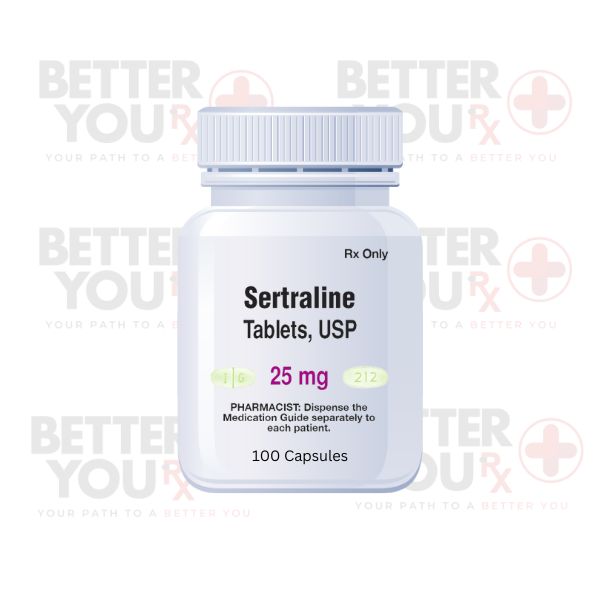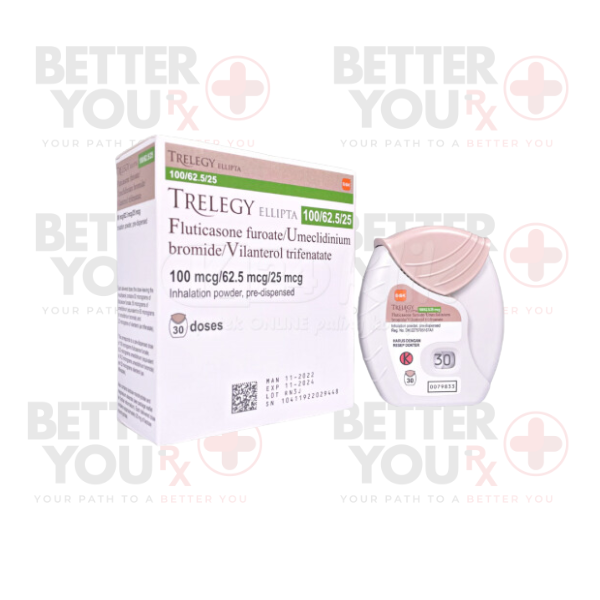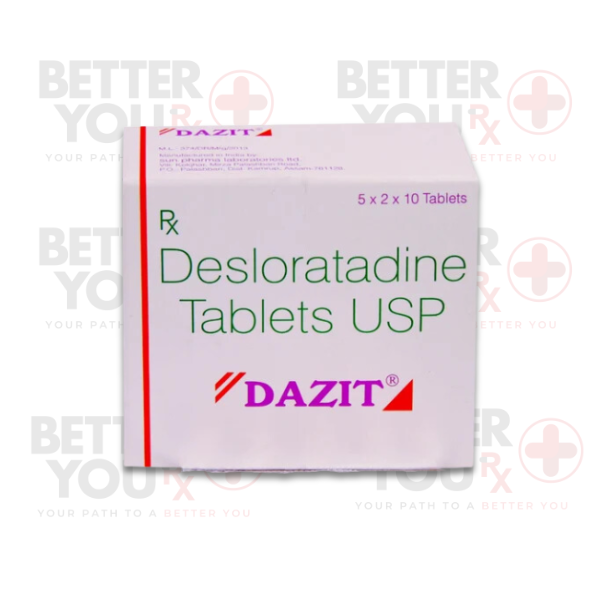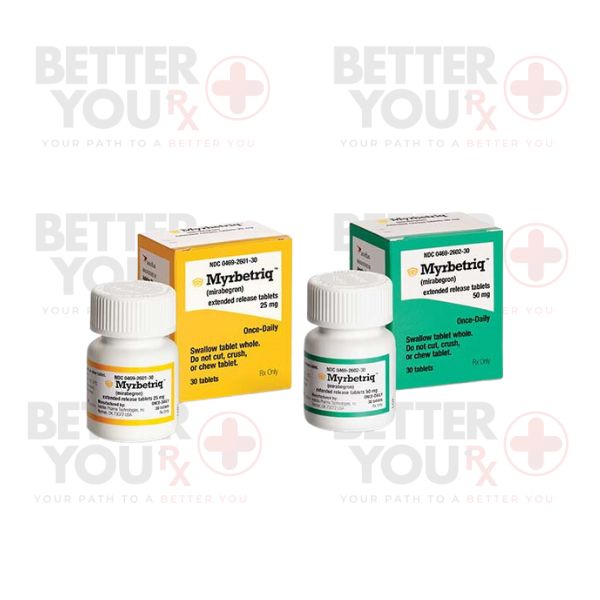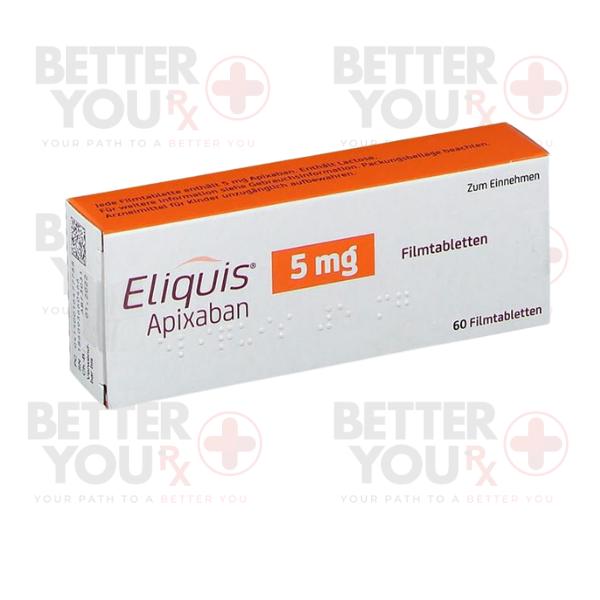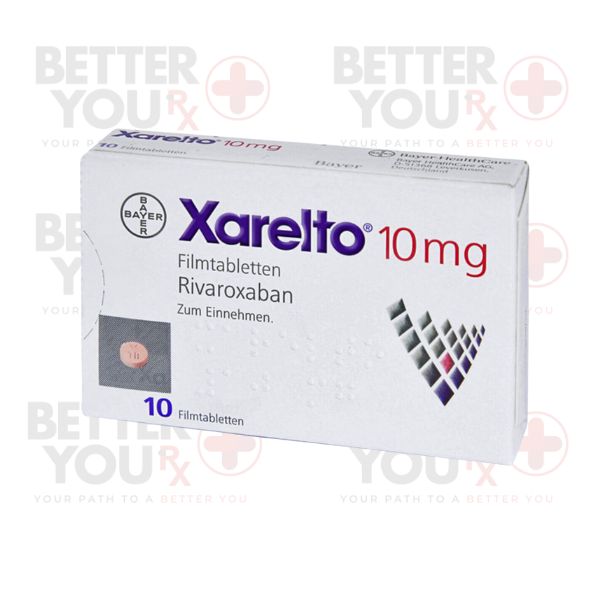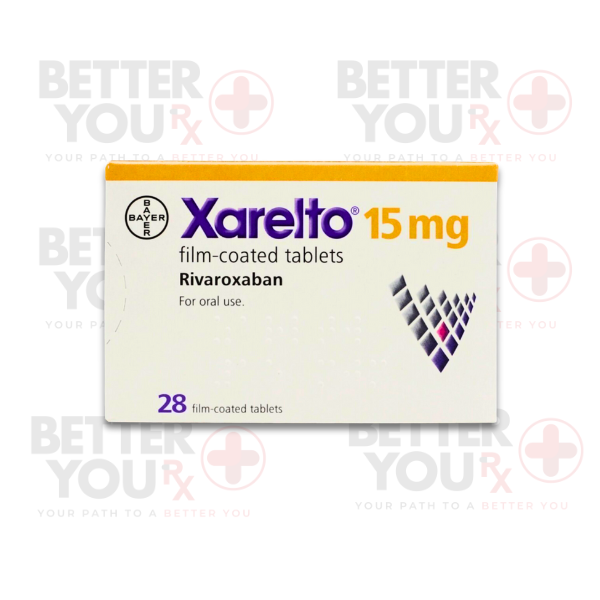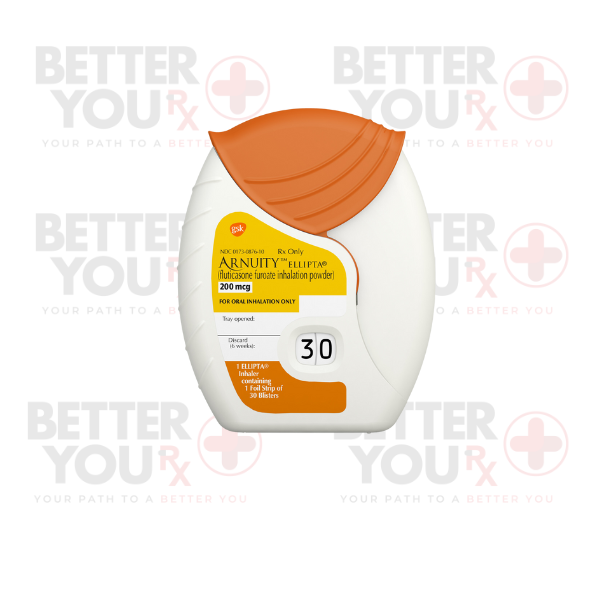Indications:
● Treatment of major depressive disorder (MDD) in adults and pediatric patients aged 6-17 years.
● Management and reduction of symptoms in obsessive-compulsive disorder (OCD) in both adults and pediatric patients (6-17 years).
● Treatment of panic disorder, including prevention of panic attacks.
● Alleviation of symptoms related to social anxiety disorder.
● Management of post-traumatic stress disorder (PTSD).
● Mitigation of symptoms associated with premenstrual dysphoric disorder (PMDD).
Administration Guidelines:
● Sertraline can be taken with or without food. The tablets should be taken with water, and the oral concentrate must be diluted before use.
● Dosages vary depending on the condition being treated and individual patient factors. Compliance with healthcare provider instructions is imperative.
● To minimize side effects, sertraline is often started at a low dose and gradually increased.
● For consistent blood levels, sertraline should be taken at the same time each day.
Dosage Forms:
● Tablets: 25 mg, 50 mg, 100 mg.
● Oral Concentrate: 20 mg/mL, typically accompanied by a dropper for precise dosing.
Safety Preclusions
Pregnancy and Breastfeeding:
● The potential risks and benefits of using sertraline during pregnancy or breastfeeding should be carefully weighed. There's evidence suggesting a risk of fetal harm when used during the third trimester.
● Sertraline is excreted in breast milk so caution should be exercised when administered to nursing women.
Long-term Use:
● Long-term use may be warranted for individuals with chronic conditions, but regular monitoring for efficacy and side effects should be maintained.
Drug Interactions:
● Sertraline should not be administered in conjunction with MAO inhibitors or within 14 days of stopping them.
● Care should be taken when used concurrently with other medications that increase serotonin levels to avoid serotonin syndrome.
|

